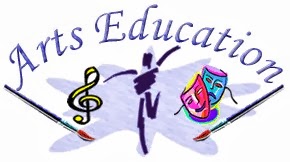Graphic arts encompasses the art of representation, decoration,
and writing or printing on flat surfaces. Common uses include identity (logos
and branding), websites, publications (magazines, newspapers, and books),
advertisements, and product packaging. Graphic arts is a field of interest for
many gifted young people. If nurtured, it might develop into a career option.
Here are some websites that may be helpful for your students.
Celebrating Creativity: Interview with Graphic Designer Michael Schwab—Want to know what it is like to have a career
as a graphic artist? Find out in this interview with graphic designer Michael
Schwab, whose designs are known nationwide for their bold colors and simple
images. Schwab has created award-winning logos and posters for many clients,
including Apple, Comedy Central, Levi’s, Major League Baseball, Nike, Warner
Brothers, and the 2002 Winter Olympic Games. In this interview, he discusses
graphic design and what it takes to be a graphic designer
Kids Can Learn Graphic Designing, Too!—Here you will find graphic design project ideas to
encourage the younger set.



